Inclusion Training is a specialized form of education and professional development aimed at fostering an inclusive and diverse environment within organizations and communities. In this comprehensive guide, we will explore what Inclusion Training entails, its significance in promoting diversity and equity, the different types of inclusion training, and methods used to implement it effectively.
What is Inclusion Training?
Inclusion Training is a structured process designed to educate individuals and groups about the principles of inclusion, diversity, equity, and belonging. Its primary goal is to raise awareness, develop empathy, and provide participants with the knowledge and skills needed to create and maintain inclusive spaces where people of all backgrounds, identities, and abilities feel valued and respected.
Key Aspects of Inclusion Training:
- Awareness: Inclusion training helps participants recognize and understand biases, stereotypes, and systemic inequalities that can hinder inclusion.
- Education: It provides information on various dimensions of diversity, such as race, gender, age, sexual orientation, disability, and more, to promote a deeper understanding.
- Skill development: Inclusion training equips individuals with communication, empathy, and conflict resolution skills necessary for fostering inclusive environments.
- Behavioral change: The ultimate goal is to inspire behavioral change, encouraging participants to actively contribute to creating inclusive spaces.
Importance of Inclusion Training
Inclusion training is of paramount importance in today’s diverse and interconnected world. It serves several critical purposes:
- Promoting Diversity: Inclusion training helps organizations and communities embrace and celebrate diversity, fostering a culture of respect and appreciation for differences.
- Addressing Bias: It provides tools and strategies to recognize and combat bias, prejudice, and discrimination, thereby reducing the impact of such biases on decision-making and interactions.
- Enhancing Productivity: Inclusive workplaces and communities are more innovative, productive, and creative, as they harness the unique perspectives and talents of a diverse group of individuals.
- Legal Compliance: In some cases, inclusion training is necessary to comply with anti-discrimination laws and regulations.
- Improved Relationships: It helps build positive and inclusive relationships among team members, colleagues, and community members.
Types of Inclusion Training
Inclusion training can take various forms to address specific needs and objectives:
- Diversity Workshops: These workshops focus on educating participants about various dimensions of diversity and their impact on organizations and communities.
- Cultural Competency Training: Cultural competency training helps individuals and organizations understand and respect different cultural backgrounds and perspectives.
- Implicit Bias Training: Implicit bias training aims to uncover and address unconscious biases that influence decision-making and behavior.
- Disability Inclusion Training: This type of training focuses on creating accessible and inclusive environments for individuals with disabilities.
- Leadership and Management Training: Inclusion training for leaders and managers emphasizes the role of leadership in promoting inclusive practices within organizations.
Methods of implementing Inclusion Training
Inclusion training can be delivered through various methods and formats, depending on the goals and preferences of the participants and organizations:
- In-Person Workshops: Interactive, in-person workshops and seminars facilitate discussions, role-playing, and group activities.
- Online Courses: Web-based courses and modules provide flexibility for remote or self-paced learning.
- E-Learning: Interactive e-learning platforms offer multimedia resources, quizzes, and assessments to engage participants.
- Coaching and Mentoring: One-on-one or group coaching sessions provide personalized guidance and support.
- On-the-Job Training: Integrating inclusion principles into everyday work and practices.
- Guest Speakers and Panels: Inviting guest speakers or hosting panel discussions with experts can offer diverse perspectives and insights.
Inclusion Training is a vital tool for promoting diversity, equity, and inclusion in organizations and communities. It empowers individuals with the knowledge and skills needed to create inclusive environments, addresses biases, and fosters understanding and empathy. By embracing Inclusion Training, organizations and communities can create a more inclusive and equitable future for all.






